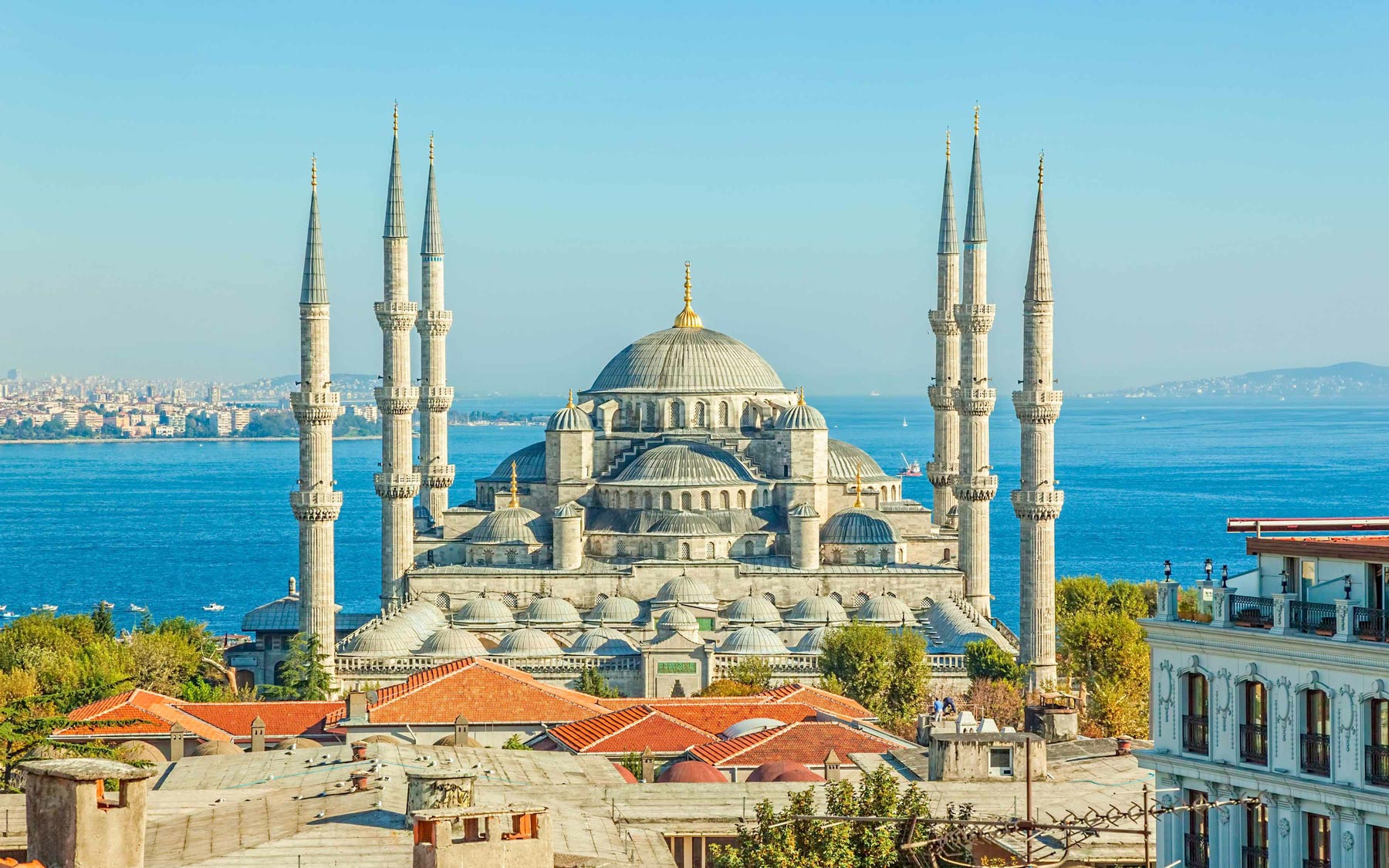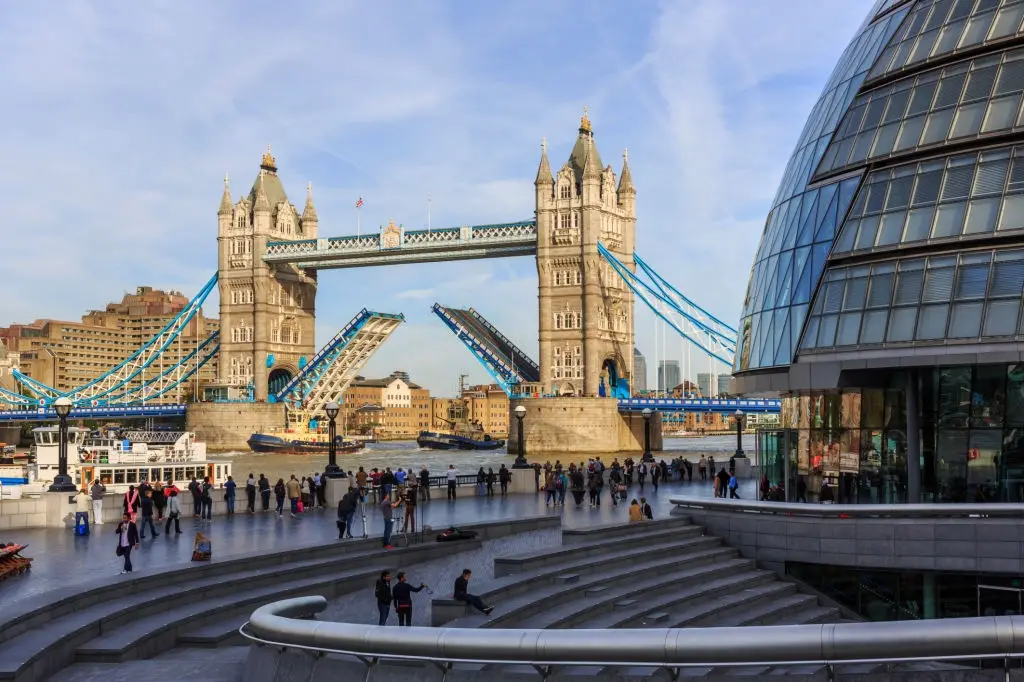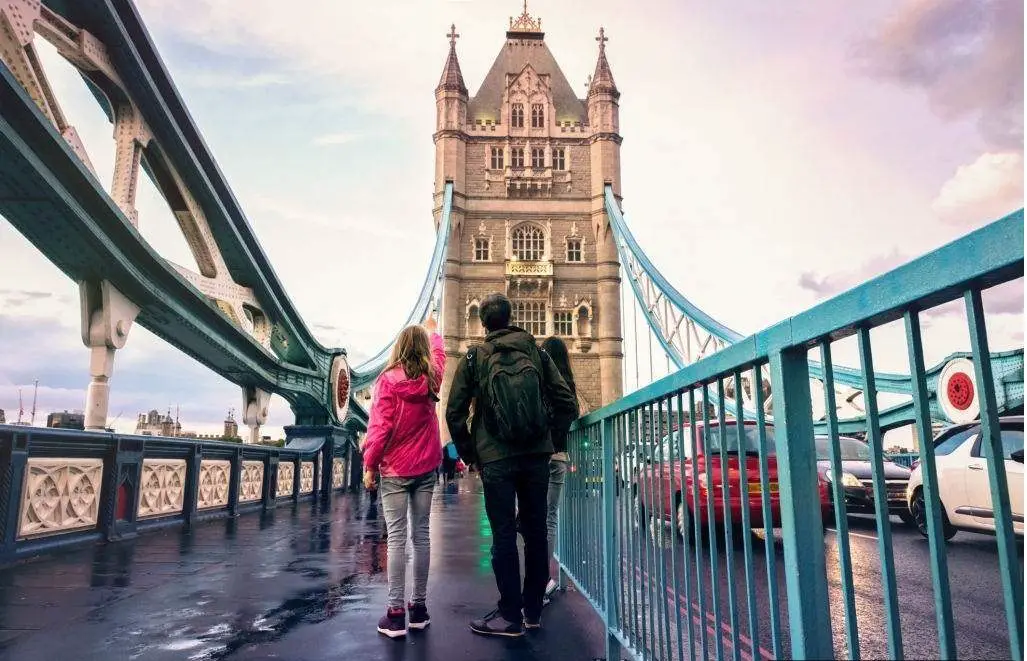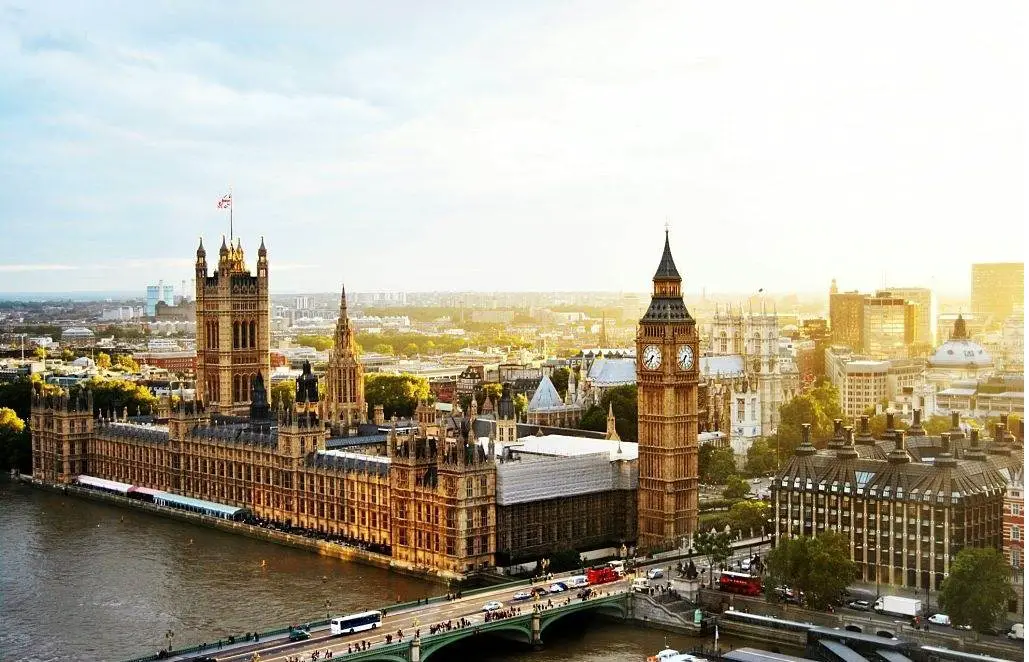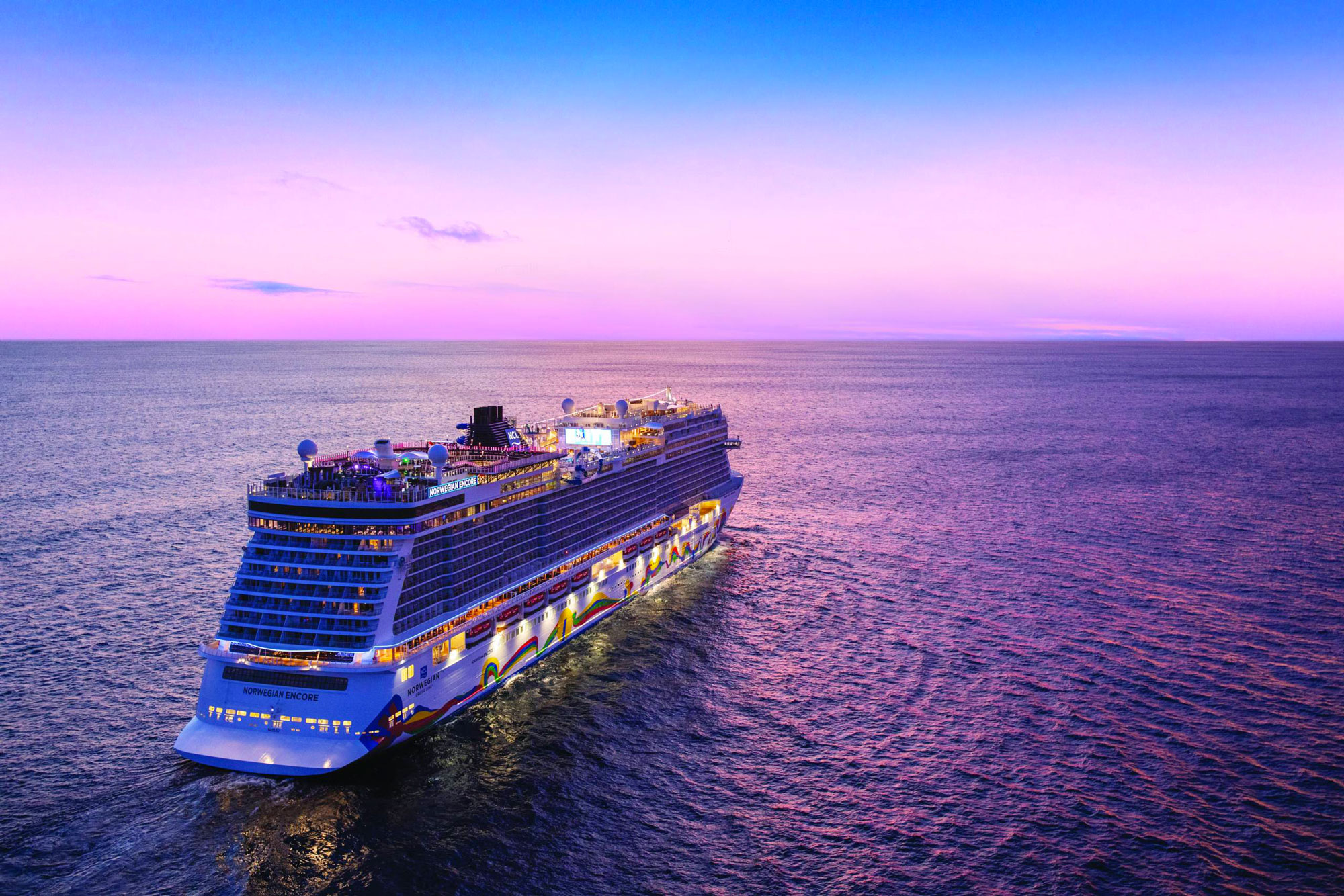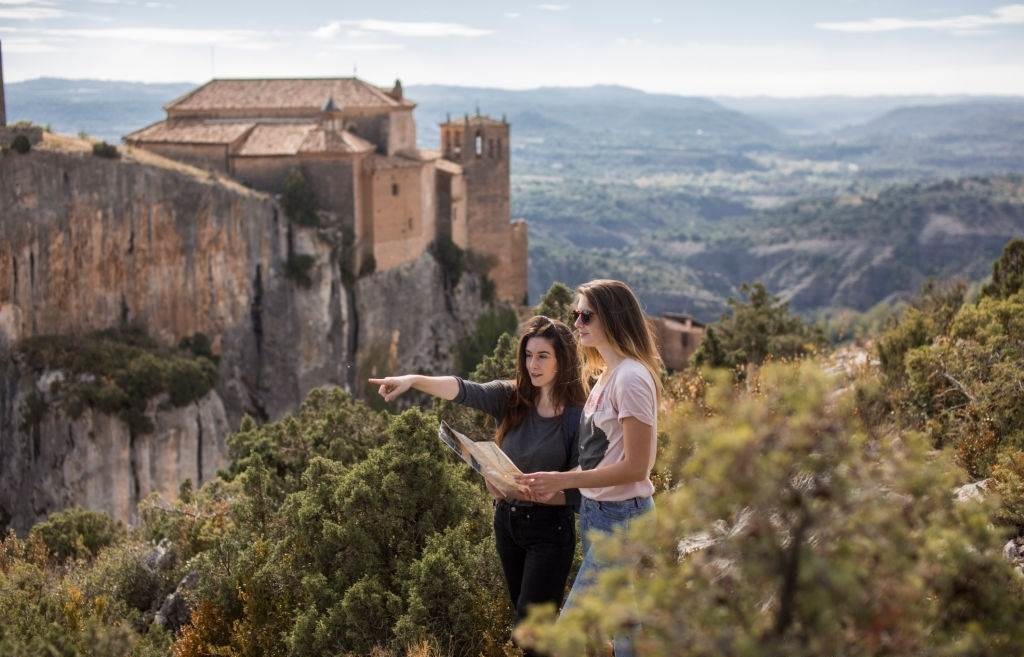No first-time trip to Istanbul feels complete until you stand beneath the soaring cascade of domes and six pencil-slender minarets of The Blue Mosque, officially the Sultan Ahmed Mosque. More than 400 years old yet freshly restored, it remains both a living place of worship and one of the world’s most photographed landmarks, drawing roughly 4.5 million visitors a year. This guide dives deep into its history, architecture, symbolism, recent conservation work, and, crucially, everything you need to know to plan a respectful, crowd-smart visit.
The Blue Mosque: From Imperial Dream to Timeless Icon
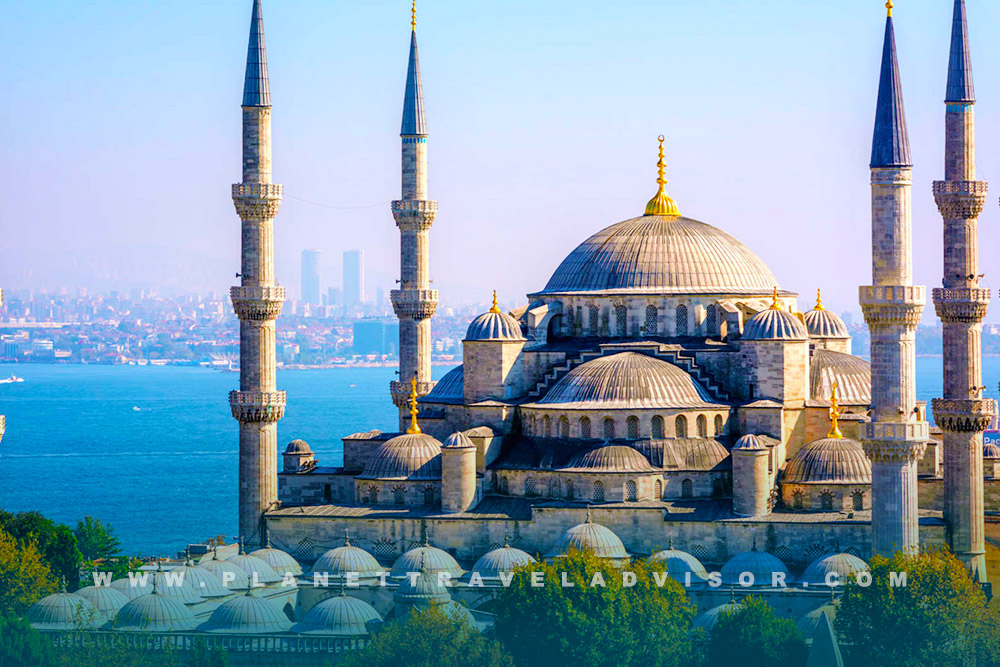
Why Sultan Ahmed I Built a New Imperial Mosque
In 1609, nineteen-year-old Sultan Ahmed I broke with Ottoman precedent by commissioning a grand mosque with treasury funds rather than war booty. He wanted to rival, and spiritually balance, the nearby Hagia Sophia, which had served as Istanbul’s chief Friday mosque since 1453. Construction finished in 1617, just one year before the sultan’s death.
The Architect Behind the Vision
Ahmed chose court architect Sedefkâr Mehmed Ağa, a pupil of the legendary Mimar Sinan. Mehmed Ağa synthesized Sinan’s classically proportioned style with theatrical flourishes: a central dome 23.5 m in diameter ringed by four semi-domes and crowned by eight further half-domes that soften the skyline.
A Controversial Six Minarets
The Blue Mosque was the first Ottoman mosque with six minarets, as many as the Great Mosque of Mecca at that time. According to a popular tale, the sultan asked for “altın minareler” (gold minarets), but the architect misheard “altı minare” (six minarets). To quell criticism, Ahmed funded a seventh minaret for Mecca, preserving his own mosque’s daring silhouette.
Inside The Blue Mosque: Tiles, Light and Calligraphy
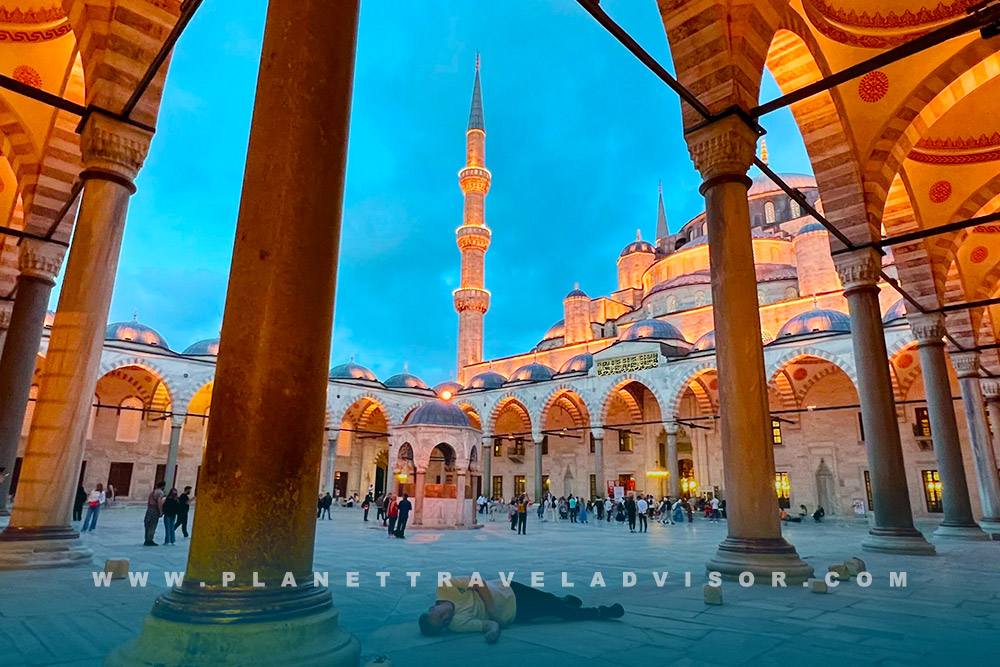
Step inside and you are enveloped by a luminous sea of more than 20,000 hand-painted İznik tiles in cobalt, turquoise, emerald, and subtle tomato red. Floral sprays of tulips, roses, and carnations climb the walls; delicate arabesques frame Qur’anic verses; and 250 stained-glass windows pour daylight onto polished marble. The overwhelming blue tint these tiles cast, amplified by evening lamps reflecting off white plaster domes, gave Western travellers the nickname “Blue Mosque,” first recorded in eighteenth-century journals.
The Blue Mosque Facts at a Glance
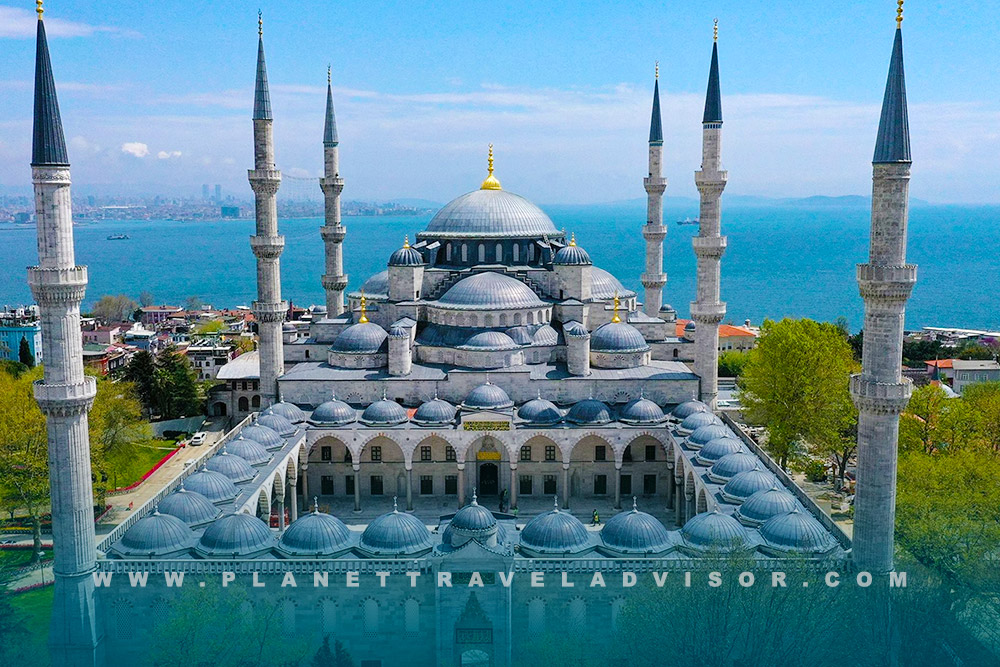
- Dimensions: 73 m × 65 m prayer hall; main dome 43 m high.
- Capacity: Up to 10,000 worshippers.
- Tiles: 20,000 + İznik ceramics in 50 motifs.
- Domes & Semi-Domes: 1 + 4 + 8, creating a “cascading waterfall” profile.
- UNESCO Status: Part of the Historic Areas of Istanbul (inscribed 1985).
- Annual Visitors (pre-pandemic): ~4.5 million.
- Entry Fee: Free; donations welcome. Guided tours start around €15.
The Blue Mosque as a Living Monument: Restoration Through the Centuries
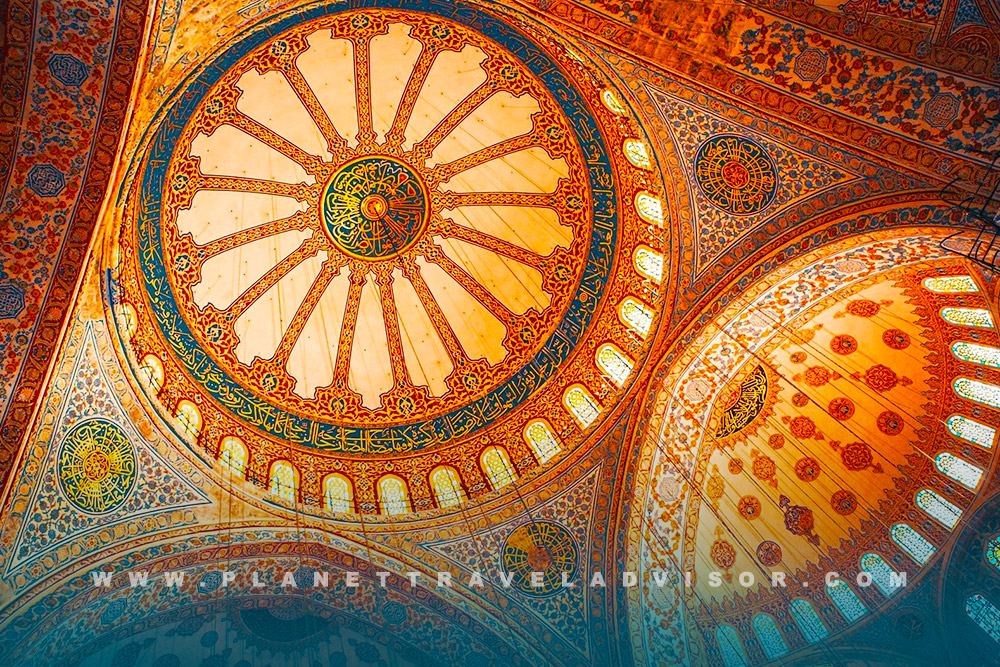
Earthquakes, humidity, candle smoke, and twentieth-century repainting campaigns slowly dulled the tiles’ brilliance, while one minaret developed a five-centimetre lean detected in 2013. A comprehensive restoration from 2018 to 2023 repaired masonry, deep-cleaned tile panels, replaced lead roofing, and stabilised that minaret. The mosque fully reopened on 21 April 2023, the first day of Eid al-Fitr, in a ribbon-cutting ceremony led by President Recep Tayyip Erdoğan. The project illustrates modern Turkey’s emphasis on preserving beloved heritage while keeping the building active for daily prayer.
Experiencing The Blue Mosque Today
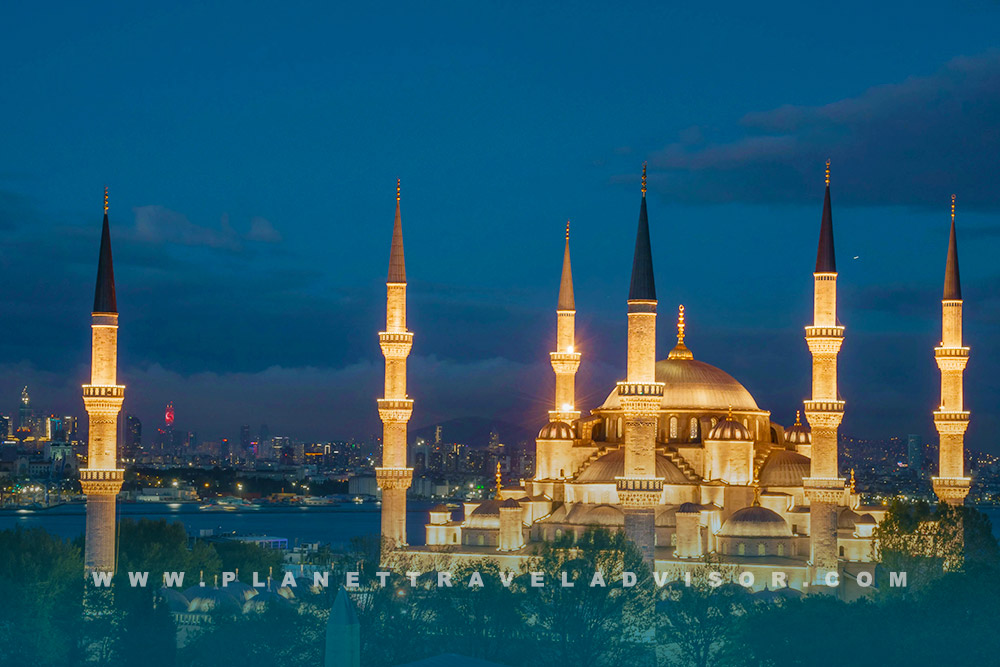
Opening Hours and Closures
The mosque is open daily but closes to non-worshippers five times for the obligatory Muslim prayers. Midday and Friday noon prayers draw the largest crowds; plan around them. Last entry for visitors is roughly half an hour before closing, about 19:00 in summer and 17:00 in winter.
Pro tip: Arrive at least 45 minutes before the noon call to prayer or after 15:00 for the quietest ambience.
Dress Code & Etiquette
Respectful attire is mandatory:
- Shoulders and knees covered (all genders).
- Women cover their hair with a scarf; men remove their hats.
- Shoes off; free plastic bags provided.
Loaner scarves and wraps are available at the door, but bringing your speeds up the queue. Photography is permitted without flash, yet avoid pointing lenses at worshippers during prayer sequences.
Cost and Tours
Admission is free, but donations support upkeep. If you crave deeper context or wish to skip the security line, small-group or private tours combine the mosque with Hagia Sophia and the Basilica Cistern for around €45–€60 per person. Multilingual licensed guides illuminate art-historical gems often missed by casual visitors.
The Blue Mosque Visiting Seasons: Weather & Crowd Patterns
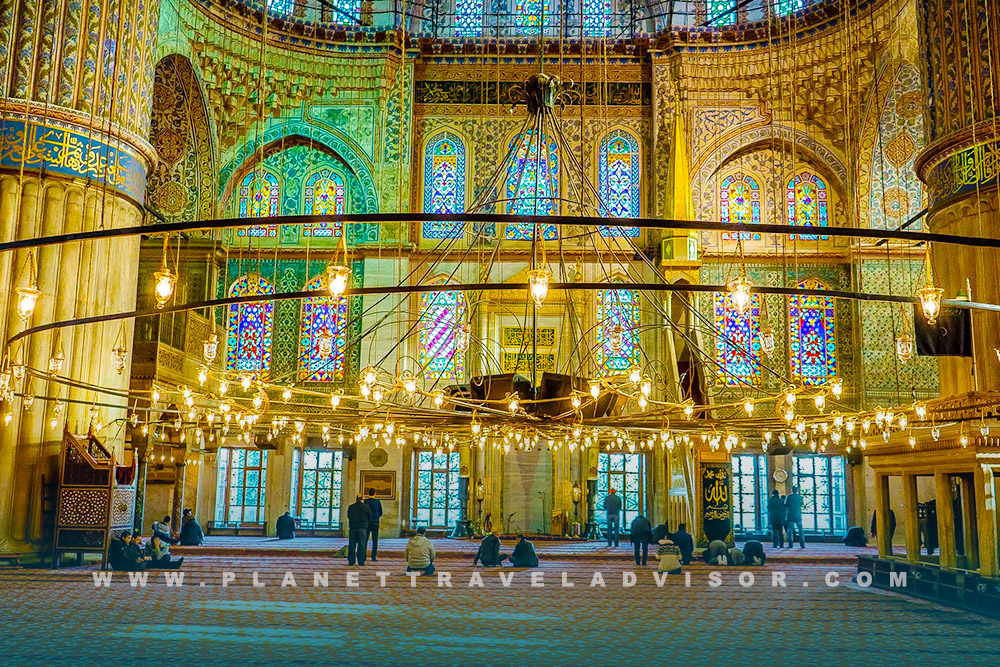
Istanbul’s Mediterranean-meets-Balkan climate means hot, humid summers (mid-July – mid-August) and chilly, occasionally snowy winters (January – February). The sweet spots are:
- Late March – May: Tulips bloom across Sultanahmet Park, temperatures hover 12–22 °C, and cruise-ship traffic is still light.
- Mid-September – early November: Warm days, crisp evenings, and fewer tour buses after European school holidays end.
Visiting during Ramadan offers a uniquely spiritual atmosphere, especially for the evening iftar festivities in the Hippodrome, but note that the mosque overflows with worshippers at night and stricter security applies.
Getting Around The Blue Mosque Site
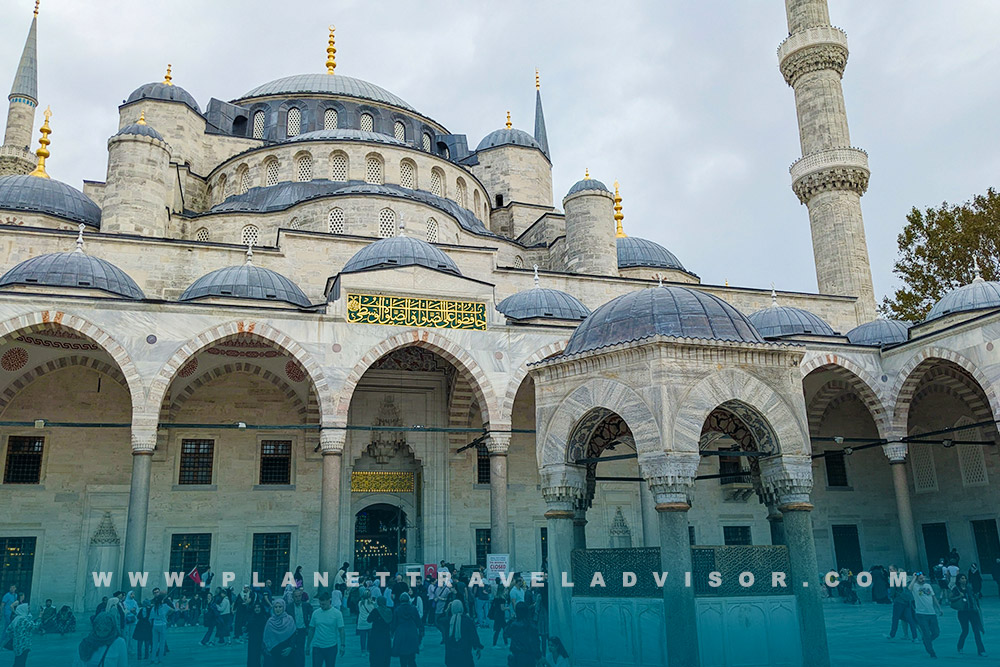
Getting There
The T1 tram line stops at Sultanahmet station, a five-minute walk through landscaped plazas. If arriving by taxi or rideshare, ask for “Sultanahmet Camii”. Limited street parking makes public transit the stress-free option.
Security and Entry Flow
Expect an airport-style scanner and bag check. Tripods, large backpacks, and drones are prohibited. Weekends and cruise-ship mornings can mean 30-minute waits; weekday dawn or late afternoon can see you glide straight in.
Beyond the Blue Domes: What Not to Miss
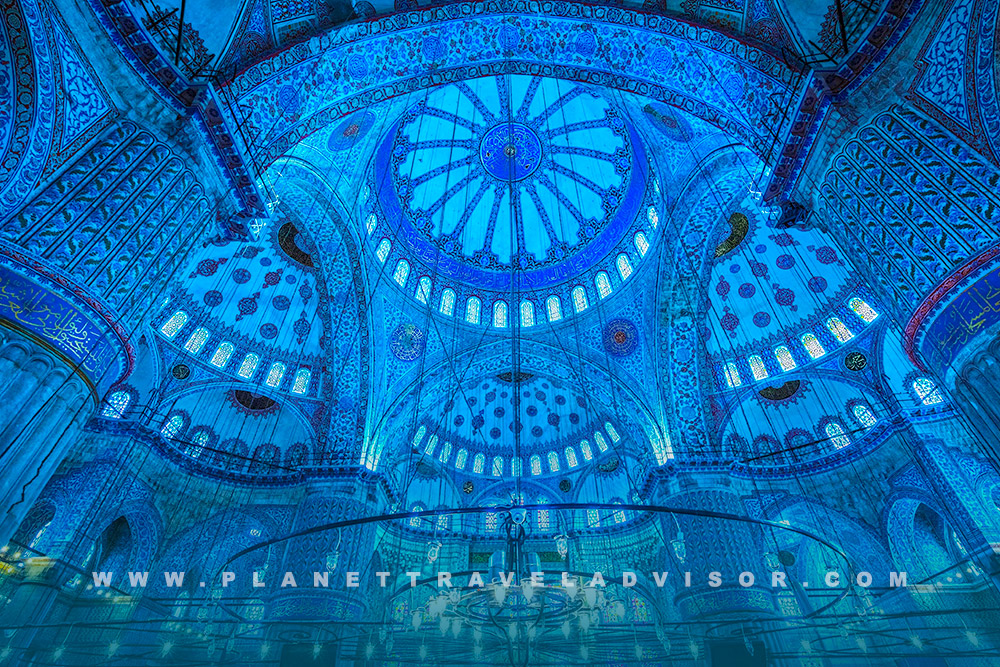
- Mihrab & Minbar: Marble and alabaster focal points anchoring the qibla wall.
- Calligraphy Discs: Eight 7.5-metre-wide wooden medallions bearing sacred names.
- Royal Loge (Hünkâr Mahfili): Gilded latticework where the sultan once prayed unseen.
- Courtyard Ablution Fountain: A graceful marble hexagon mirroring the central dome’s diameter.
- Night Illumination: After dusk, LED spotlights bathe the masonry in an ethereal sapphire glow.
Surrounding Highlights in Sultanahmet
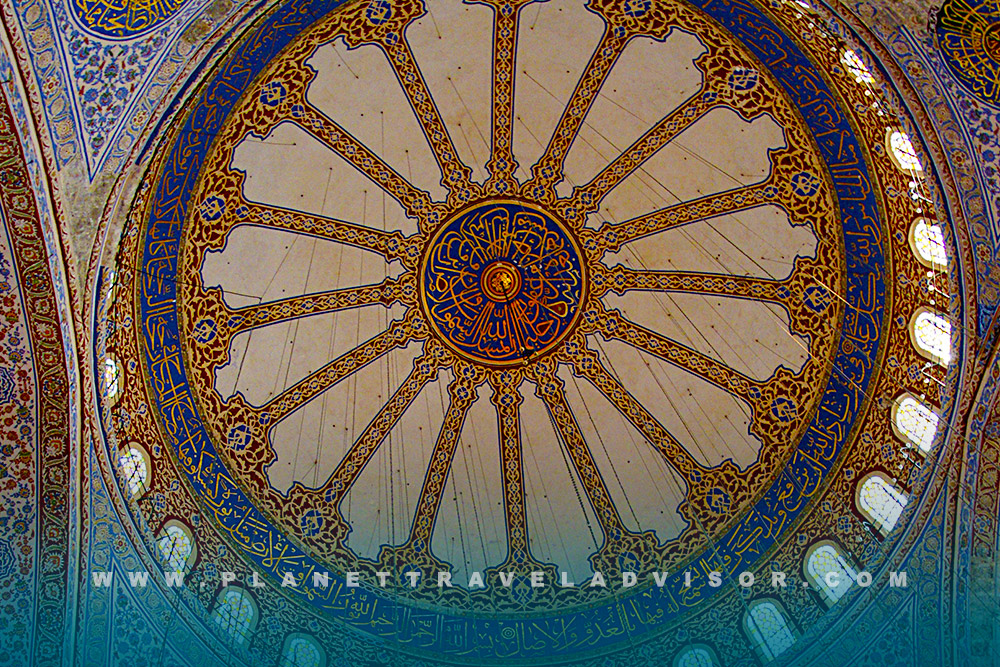
- Hagia Sophia – the mosque-museum-mosque whose massive dome inspired Mehmed Ağa.
- Basilica Cistern – an eerie underground reservoir of 336 columns.
- Hippodrome & Obelisks – Roman chariot arena framing sunset views of the Blue Mosque’s minarets.
- Topkapı Palace – an opulent Ottoman court overlooking the Bosphorus.
Allocate a full day to weave these gems together with café breaks for Turkish coffee and pistachio baklava.
Sustainable & Respectful Tourism Tips for The Blue Mosque
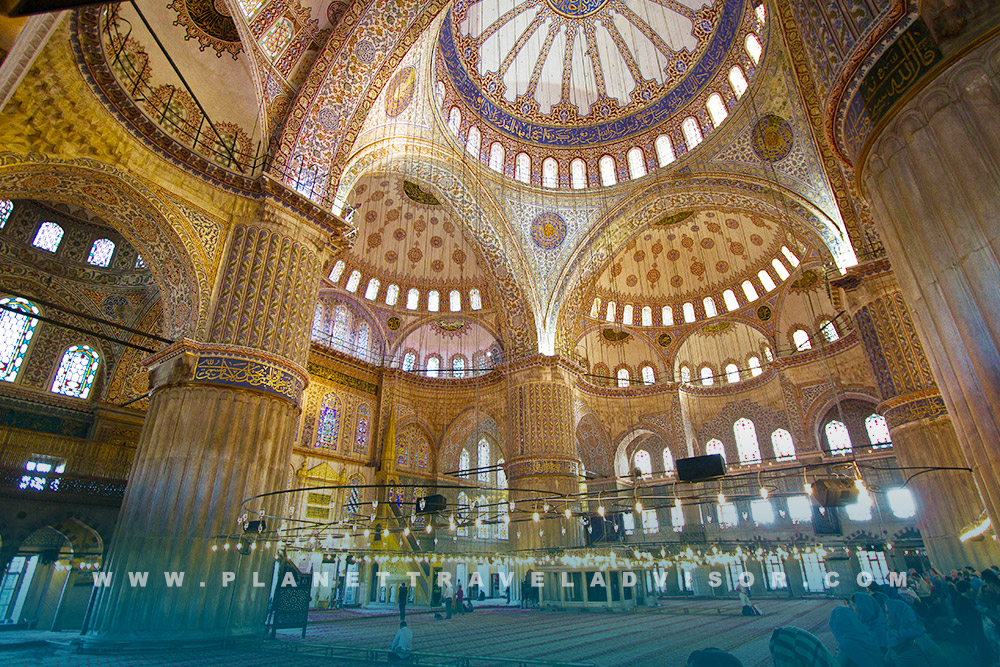
- Travel in shoulder seasons to ease peak-season strain on local infrastructure.
- Support smaller nearby mosques, Şehzade or Sokollu Mehmed Paşa, by visiting and donating there too.
- Dress modestly beyond mosque interiors to honour local customs.
- Refill a reusable water bottle at public fountains; Istanbul tap water is treated, but many prefer filtered.
- Buy hand-painted İznik-style ceramics from certified cooperatives rather than mass-produced knock-offs.
Conclusion: The Timeless Allure of The Blue Mosque
The spell of The Blue Mosque comes from more than its shimmering İznik tiles or its bold silhouette etched against the Bosphorus sky. It lies in the way history, faith, and daily life still pulse through its marble floor, muezzins’ calls echo off domes first tuned in the seventeenth century, and worshippers kneel where sultans once stood.
Approach it with curiosity, patience, and respect, and you will leave with a timeless memory and perhaps a fresh sense of how architecture can elevate the human spirit even after four tumultuous centuries. Whether you visit at dawn to watch first light gild the domes or linger at dusk as sapphire spotlights ignite its nickname, you will understand why millions each year keep returning to gaze upward and whisper, “Now I know why they call it blue”.
Step into the heart of Turkey with immersive tours designed for curious travelers. From the bustling bazaars of Istanbul to the surreal beauty of Cappadocia and the ancient ruins of Ephesus, every moment is seamlessly planned for comfort and authentic connection. Don’t miss out, book this week to claim limited-time deals and priority access on our top-rated Turkey vacation packages. Adventure, culture, and comfort await.

